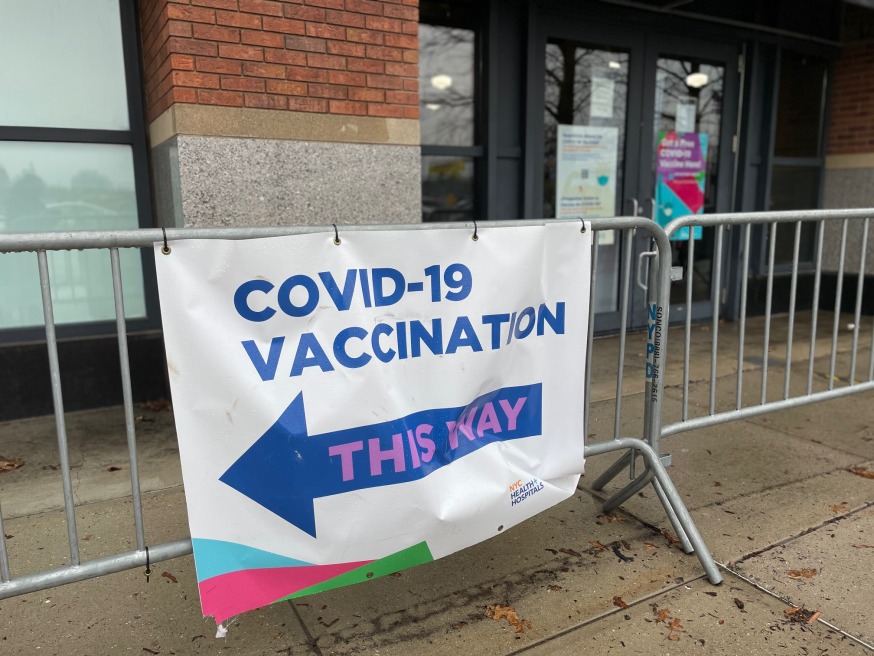
Citi Field Covid Vaccination Site (Photo: Queens Post)
Sept. 28, 2021 By Allie Griffin
Queens has outpaced the rest of the boroughs in the city’s vaccine effort.
Nearly 90 percent of adults who live in Queens have gotten at least one dose of the COVID-19 vaccine.
Queens has both the highest percentage of its adult population vaccinated at 89 percent and the highest raw number — more than 1.6 million — of vaccinated adults among the five boroughs, according to city data updated Tuesday morning.
The citywide vaccination rate has also risen significantly in recent months. More than 82 percent of adult residents have gotten at least one shot, according to the data.
“The numbers are astounding and I want everyone to be proud of the fact that, as of today, more than 82 percent of New York City adults have had at least one dose of the vaccine,” Mayor Bill de Blasio said Monday.
De Blasio also announced that the city is now accepting appointments for Pfizer boosters — or third shots — for those eligible, including people 65 and older; people 18 and up who have an underlying medical condition; people 18 and up who have a higher risk of COVID-19 exposure due to their job, residence or place they frequent and people living in a nursing home, long-term care facility or homeless shelter.
The mayor credited the city’s vaccine mandates for the success. The average number of shots administered in a day has increased by 45 percent since the city enacted the first mandate on July 21, he said, citing a Patch analysis. The first mandate was placed on city health care workers — requiring them to get the shot or be tested weekly.
New Yorkers, since Aug. 17, have also been required to show proof of vaccination to eat indoors at restaurants and bars and to enter gyms, dance studios, museums, movie theaters, indoor concert venues, indoor stadiums and more.
Certain groups, such as public school teachers, are also required to be vaccinated for their jobs.
Neighborhoods that had lagged behind the vaccination effort have also seen improvement.
For example, Far Rockaway/Edgemere (11691) saw its vaccination rate jump significantly from June to Sept. 28, city data shows. On June 16, just a third of its residents, 33 percent, had at least one dose of the COVID-19 vaccine. As of today, 48 percent have had at least one dose and the number is significantly higher when counting only adult residents — at 61 percent.
The neighborhood, however, remains among areas with the lowest vaccination rates in the city.
Meanwhile, Elmhurst (11373) and Long Island City/Sunnyside (11101) are at the top of the list of neighborhoods with high vaccination rates.
According to city data, 99% of Elmhurst residents and 98% of Long Island City/Sunnyside residents have gotten at least one dose of the COVID-19.






